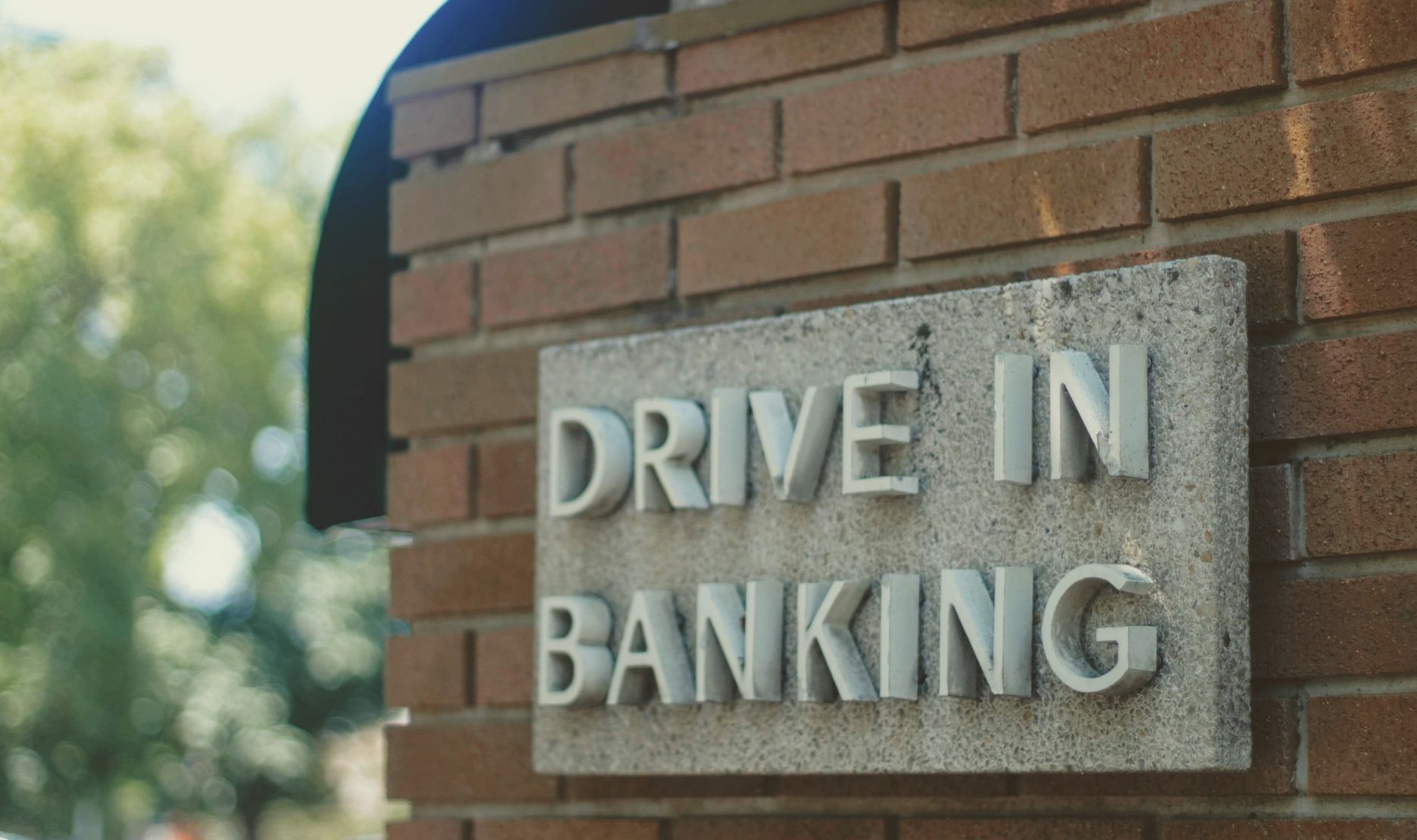
The changes in the banking industry
To understand the changes in the banking industry, we must first examine its traditional landscape. For centuries, banks served as physical institutions, offering services such as deposits, loans, and financial advice through brick-and-mortar branches. The relationship between banks and their customers relied heavily on personal interactions and paper-based transactions.
The Rise of Digital Disruption
The emergence of the internet and digital technologies introduced a new era of banking. Online banking platforms and mobile applications revolutionized the way customers accessed their accounts, made transactions, and managed their finances. This shift empowered customers with greater convenience, 24/7 access, and increased control over their banking activities.
New era of banking
- Online banking platforms
- Mobile applications revolutions
- Customer’s with greater convenience

Fintech: The Disruptors of the Banking Industry:
Financial technology (fintech) companies emerged as disruptors within the banking industry, leveraging technology to deliver innovative financial solutions. Fintech startups focused on specific niches, such as peer-to-peer lending, mobile payments, and robo-advisory services. These companies capitalized on agility, customer-centricity, and technological advancements to challenge traditional banks.
Enhanced Customer Experience:
Digital disruption brought a customer-centric approach to the forefront. Banks focused on improving customer experiences by providing personalized services, streamlining processes, and offering self-service options. Chatbots, virtual assistants, and AI-powered tools became integral components of customer service, providing instant support and reducing waiting times.
Regulatory Challenges:
As the banking industry underwent significant transformations, regulators faced the challenge of balancing innovation with risk management and consumer protection. Governments and regulatory bodies had to adapt their policies and frameworks to address emerging risks in cybersecurity, data privacy, and financial stability.
Embracing Digital Transformation:
To remain competitive, traditional banks had to embrace digital transformation. They invested in robust online and mobile banking platforms, adopted data analytics to enhance customer experiences, and explored the potential of artificial intelligence and machine learning for fraud detection and risk management. Banks also started collaborating with fintech firms through partnerships and acquisitions to leverage their expertise and technology.
Join Our Mailing List
Once Weekly Webinar
Free Webinar Once Per Week
Our free webinar runs once per week and is available to anybody who wants to know more about getting started on the road to financial freedom.
